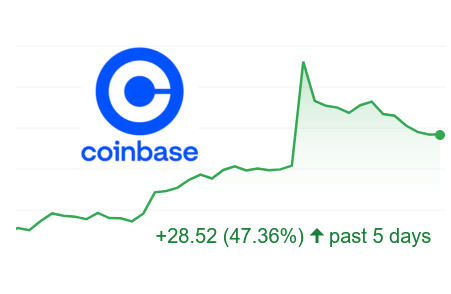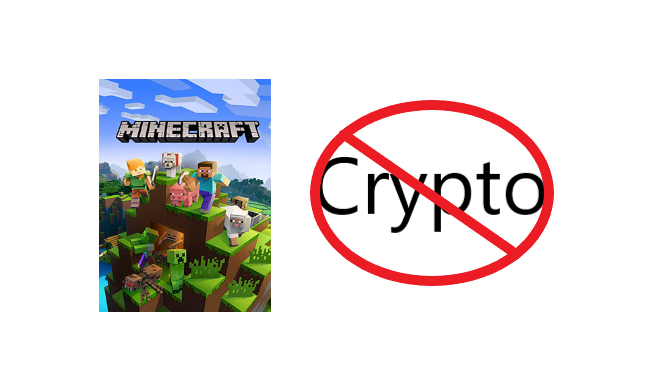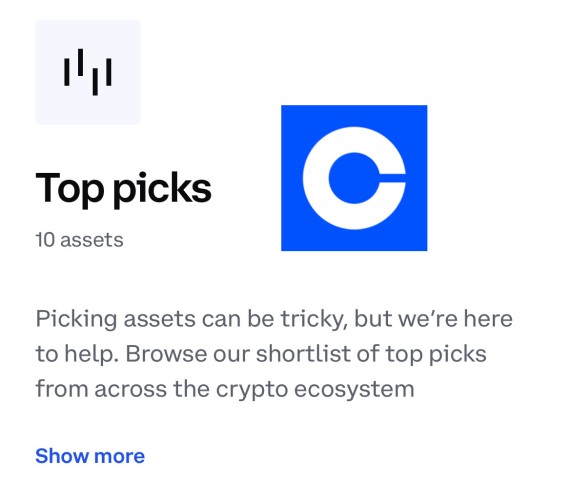Ethereum Classic is a Decentralized Blockchain With a Bright Future

Decentralization is important
Back in 2016, the Ethereum blockchain ending up forking due to a massive DAO hack, resulting in stolen funds. Two factions formed, and Vitalik Buterin took the side of returning the funds and Ethereum subsequently forked, with the group who opposed Vitalik keeping the legacy chain. The old chain is now Ethereum Classic, while the forked chain is now known as Ethereum.
Ethereum Classic is a decentralized blockchain centered around the pillars of immutability and security. ETC is hard money like Bitcoin but with the smart contract capabilities of Ethereum, allowing for secure, trust minimized DeFi.
Unfortunately, there have been some 51% attacks on Ethereum Classic in the past. However, the ETC core developers have since patched the various vulnerabilities and the network hash rate has increased enough to the point where there's been no other attacks since.
These days, many people talk about metrics like TPS over things like number of validators. The thing is, when a chain advertises a high TPS number, the network is typically centralized. Solana is a perfect example of this; there are only 19 validators on the mainnet and unsurprisingly, they have supposed 60,000+ TPS.
Ethereum Classic allows you to mine in a pool with mid-tier laptops. In fact, ETC has an efficient mining algorithm called ETChash, which is highly similar to Ethereum's ETHash.
I have experience with ETC mining. An old laptop of mine began having some issues, but the graphics card held up perfectly. After doing research on various coins to mine, I decided on mining ETC. It is indeed a smooth experience.
The best ways to get into ETC 🍀
Before I got interested in Ethereum Classic, I knew a fair amount about Bitcoin. I enjoy Nick Szabo's work and noticed he worked with a man named Donald McIntyre in the past on some crypto business. Mr. McIntyre has a past in business development and finance on Wall Street. After checking out his blog, Etherplan, which Szabo recommended, I learned a great deal about Ethereum Classic, causing me to research further.
Articles like this one provided all the knowledge I needed to know about ETC and its future. McIntyre does a lot of business work to help Ethereum Classic thrive. He's active on the ETC Discord. McIntyre also frequently appears on the informative Patient Money YouTube channel, which focuses mostly on ETC content.
The Ethereum Classic subreddit is another helpful resource to navigate the ecosystem and participate in the community.
Criticisms
Ethereum Classic, like any other chain, is not without its flaws. Even though ETC arguably ranks high in the decentralization and security department, performance is mediocre, like Bitcoin. This will likely be solved through layer 2 scaling in the future also like Bitcoin.
However, performance is the least important factor when you consider that a centralized blockchain can be regulated out of existence by the SEC, and a single exploit can grind a blockchain to a halt.
Another valid criticism is that there aren't many Dapps. The only popular Dapp appears to be a DEX called HebeSwap, which is excellent. This will change over time as more developers come over from other chains.
A bright future
The Ethereum Classic team recently announced compatibility with the Ethereum Virtual machine (EVM), allowing thousands of Ethereum dapps to port over to ETC. In addition, the official website has been updated with a strong focus on DeFi. This is all huge news.
Despite some performance issues, ETC has a strong community of HODLers that will attract a new wave of investors who dislike Ethereum's proof-of-stake approach with ETH 2.0.





